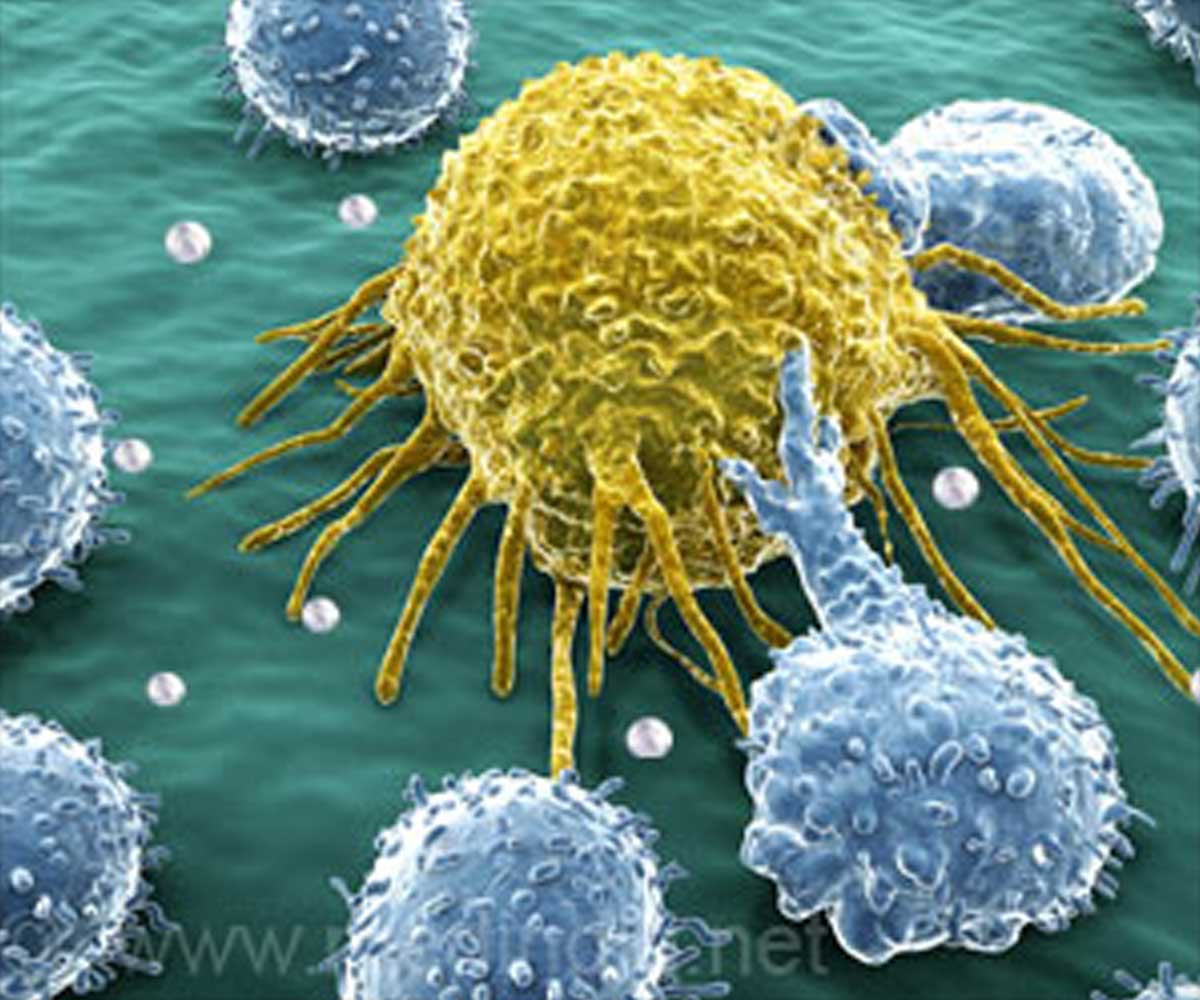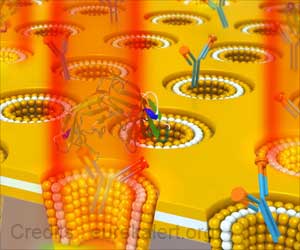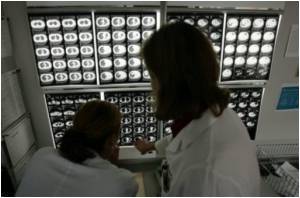The innovative magnetic wire can be used to capture free-floating tumor cells in the bloodstream, which could act as a biomarker and tell us early if the person has cancer.

TOP INSIGHT
The magnetic wire is threaded into a vein; this wire is capable of attracting special magnetic nanoparticles that engineered to attach themselves on to tumor cells. These tumor cells, on the other hand, will be circulating freely in the blood, but this wire will attract them and help us intervene early in the case of cancer
These cells that have sloughed off a tumor and cruise the bloodstream freely can serve as cancer biomarkers, signaling the presence of the disease.
"If we can get this thing to be really good at sucking up cancer cells, you might consider an application where you leave the wire in the longer term. That way it almost acts like a filter that grabs the cancer cells and prevents them from spreading to other parts of the body," said Sanjiv Sam Gambhir, from Stanford University in the US.
Usually, the tumor cells are often scarce, and a blood draws only samples of a few milliliters of the total blood volume, which in adult humans is about 5 liters.
However, the new technique, which has only been used in pigs so far, attracts from 10-80 times more tumor cells than current blood-based cancer-detection methods, making it a potent tool to catch the disease earlier.
It could also be used to gather genetic information about tumors located in hard-to-biopsy places or to provide information about the efficacy of cancer treatments.
 MEDINDIA
MEDINDIA




 Email
Email









